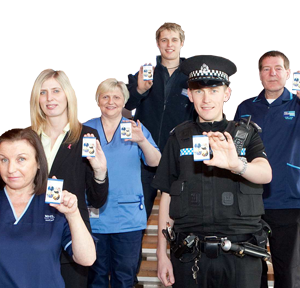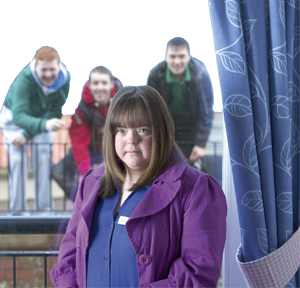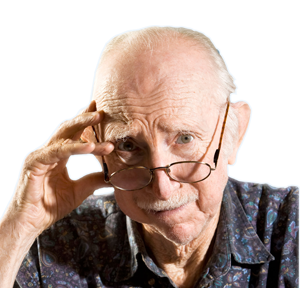More about harm
What is harm?
Harm is defined within the Act, as all harmful conduct and/or:
- behaviour that causes physical or psychological harm for example harassment and intimidation, causing fear, alarm or distress
- unlawful conduct which adversely affects property, rights or interests such as theft, fraud or extortion
- behaviour that causes self-harm and self neglect
The following are examples of harm, however this list is not exhaustive:
Physical harm
Hitting, slapping, pushing, shaking, locking someone in a room, tying to a chair, restricting their freedom.
Signs to look out for:
- unexplained or unusual injuries
- a delay in seeking treatment for injuries or illness
- sudden increase in confusion
- unexplained deterioration of health or appearance
- misuse of medication, that is, not giving medicines properly
Psychological harm
Threats of harm, being left alone, humiliation, playing on known anxieties, intimidation, verbal abuse, bullying, blaming, constant criticism, controlling, depriving contact with others.
Signs to look out for:
- people being anxious or afraid
- unexplained changes of behaviour, becoming anxious or withdrawn, fear of another person
- pressure by family or professionals to have someone moved into, or taken out of, care
- hostile or unkind behaviour by a person
Financial harm
Stealing, theft, fraud, pressure to hand or sign over property or money, misuse of property or welfare benefits, or stopping someone getting their money or possessions, scammed by rogue traders, by scams online, by email or by post.
Signs to look out for:
- unexplained debt, not paying bills for services
- another person using the adult’s possessions, bank account or property without his or her informed consent
Neglect
Failure to provide medical or physical care, access to a doctor or other services, or denying someone medication, food or heating, privacy or dignity, self neglect.
Signs to look out for:
- not having their basic needs met, such as adequate food or heating
- not being provided with adequate information about their rights or entitlements, or being misinformed
- the adult at risk not receiving appropriate care, which would protect them from harm
Sexual harm
Any sexual activity that a person doesn’t understand or want, photographing, sexual harassment, voyeurism.
Signs to look out for:
- fear of being left with a specific person or group of people
- unexplained changes of behaviour, becoming anxious or withdrawn, fear of another person
Self Harm
The adult is engaging (or is likely to engage) in conduct which causes (or is likely to cause) self harm.
Signs to look out for:
- deliberate cutting to body, extreme weight loss, refusal to supports etc
Discrimination
Because of age, colour, disability, gender, race, religion, cultural background or sexual orientation.
Signs to look out for:
- negative attitudes and behaviour
Institutional Harm
The routines, systems, regime and culture of a service or an institution result in poor or inadequate standards of care and poor practice.
Signs to look out for:
- Organisation failing to or respond to poor standards and care brought to their attention
- Poor attitudes and standards of employees and senior managers
Where does harm happen?
Harm can happen anywhere, in private or public places. This could be in the adult’s own home, a friend or neighbour’s home. It could also happen in the street, at a local day centre or even in a hospital setting. Harm is not restricted to set times or specific places.
Who can harm?
Anyone can cause actual or potential harm. It could be a stranger, a relative, friend, neighbour or acquaintance. It could be someone who works with you or someone who is meant to support you. Harm can also be self-inflicted.
Who can experience harm?
Quite simply, anyone can experience harm. However, for most of us, we are able to safeguard and protect our welfare, interests and property. For some 'adults at risk' they will find this more challenging and could require support and/or protection to help them regain control of their life.
We know from working with adults at risk that very often some types of harm do not sit in isolation. For example, someone who appears to be living their life in neglectful circumstances, poor living conditions, poor levels of personal hygiene, dishevelled appearance etc may also be experiencing some form of financial harm.
Not all harm or harmful situations are deliberate - often an adult may be at risk because of behaviour that wasn't intentional, an omission of care or the inaction of those who provide care and support.



